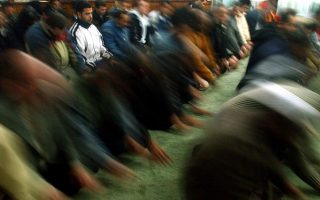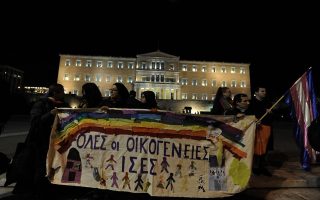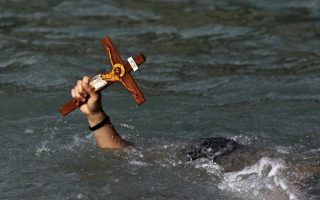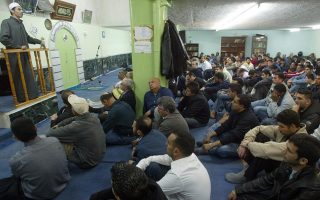Things to know about Mount Athos: 1,500 monks, no women
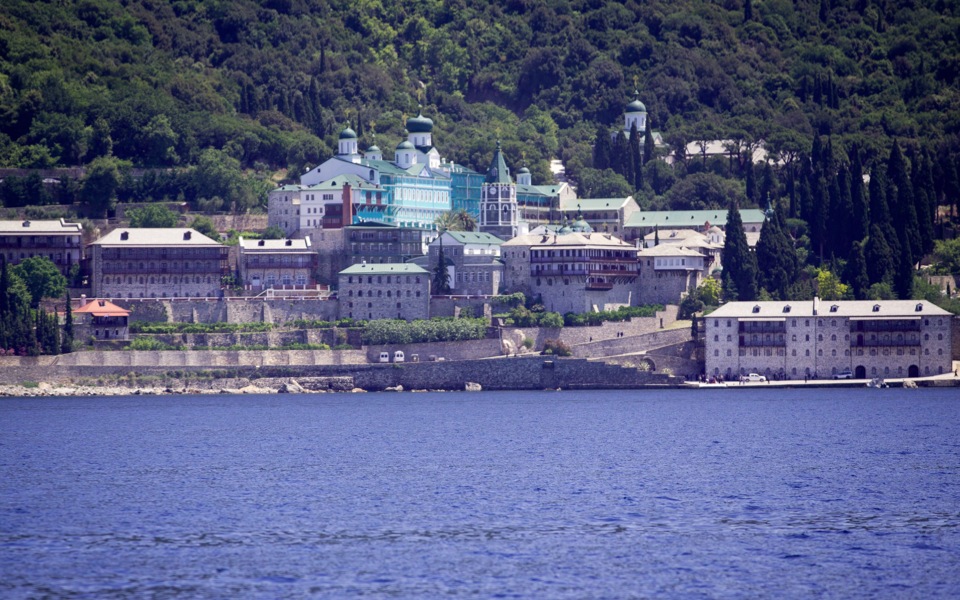
Christian Orthodox believers know Greece’s heavily-forested northern peninsula of Mount Athos as the “Orchard of the Virgin Mary,” but women have been strictly barred from entering it for more than a thousand years.
The autonomous monastic community is seen as a spiritual ark of Eastern Christianity, and thousands of male pilgrims visit its 20 fortified monasteries every year. Located a few kilometers (miles) away from busy seaside resorts in Greece’s Halkidiki region, access is only allowed by sea, in tiny ferries for those carrying a permit to visit a specific monastery.
On Saturday, Russian President Vladimir Putin will go to the Monastery of St. Panteleimon, which is inhabited by Russian monks on the western coast of the peninsula.
Here are some things to know about Mount Athos.
The Russian connection
Russians are Orthodox Christians, for whom Mount Athos is one of the most revered sites in the world. And this year marks the 1,000th anniversary of the first recorded settlement there by Russian monks, in 1016. While most of Mount Athos' 1,500 monks are Greek-born, male Orthodox Christians are allowed to live on the peninsula as monks, which male followers of other religions can visit but not live on. The 20 monasteries on the peninsula include one Russian, one Serbian and one Bulgarian, while Romanians, Moldovans, Ukrainians and Georgians also live there.
The history of Mount Athos
Wars and pirate attacks left the peninsula largely deserted after the end of the ancient world. Monks first settled there before the 8th century, and the first monastery was founded in the 10th century. Byzantine emperors in Constantinople – whose Patriarch still leads the Mount Athos community on religious matters – encouraged the settlement, heaping treasures, protection and privileges on the monasteries. The monks also managed to keep on the good side of Greece’s Turkish rulers and to avoid interference during Greece’s World War II German occupation.
Life in the monasteries of Mount Athos
Mount Athos still follows the Julian calendar, and is 13 days behind the rest of the planet. Monks – and visitors – start their day at 4 a.m., and monasteries bar their doors to all after sunset. Meat is banned, and monks spend their days in prayer and communal work, including agriculture. Mobile phones and Internet use are allowed.
Greek ties
The community was granted administrative autonomy when it was incorporated into the modern Greek state. Even Greece’s European Union membership status contains provisions for Mount Athos to retain its special status. The EU has contributed substantial funds for the conservation and restoration of its buildings and their treasures, which include centuries-old wall-paintings and icons, manuscripts and religious artifacts.
Why no women?
The monasteries believe women might offer monks the fleshly temptations they renounced upon taking orders. Rumored breaches include one by refugees fleeing Nazi occupation forces, and a woman dressed as a man was caught shortly after World War II. The penalty is a maximum 12-month jail sentence. Greek human rights groups have failed to have the ban overturned in court.
[AP]
